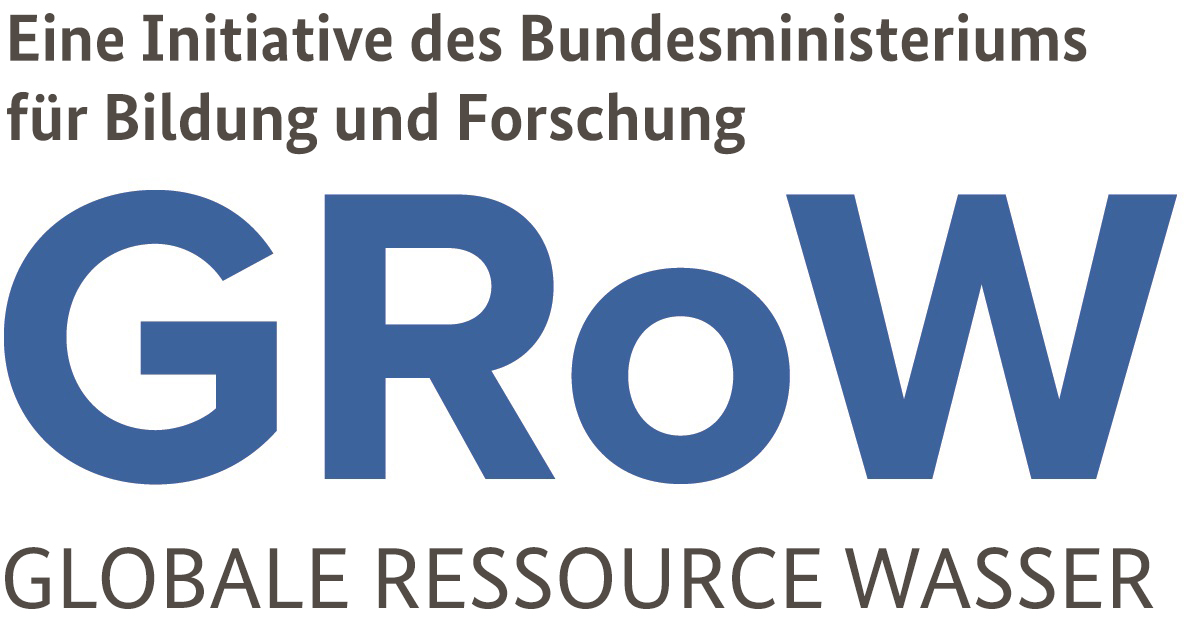Innovativer drohnenbasierter Forschungsansatz versorgt iWaGSS mit umfangreichen Daten
| Datum |
Datum
|
The growing complexity of available data, tools and monitoring methods for water management can complicate decision-making. iWaGSS is developing and testing an innovative water governance system in the Lower Olifants River Basin in South Africa with the help of qualitative and quantitative water monitoring. The project combines expedient surface-water monitoring technologies, modern remote sensing, and hydrological, hydraulic and morphological modelling with GIS-based risk assessment and socioeconomic analyses. This will allow early warnings of contamination risks and eventually create a real-time online decision-support tool which will enable timely actions. Since the first kick-off meeting in South Africa in October 2017, the project has made significant progress. The regional partners have shown great interest in actively supporting the project. From the outset, iWaGSS has received substantial support from South African National Parks (SANParks) and, since it became a listed official partner in 2018, direct support from Kruger National Park.
Collecting hydrological and geospatial data with a drone
The project uses an innovative method of collecting hydrological and geospatial data with a drone, and integrates this data into the monitoring system. However, the local weather conditions in the Olifants River catchment area (high temperatures and occasional high wind speeds) have posed a challenged for this technology. Despite the difficult circumstances, the new drone, a Yuneec multicopter, was successfully put into operation in 2018 and delivers good data for generating digital surface models. Three water-quality monitoring stations have been installed along the river and, after several test runs at the end of 2018, will now deliver data on numerous water-quality parameters such as toxicity, total organic carbon, chemical oxygen demand, and total nitrogen.
The researchers are working on extending the drone-assisted data collection so that it includes multiple sensors and samples. The next steps will involve adding algae monitoring, surface flow rate measurement, water sampling, and Acoustic Doppler Current Profiler cross-section units. Furthermore, in collaboration with the South African Environmental Observation Network (SAEON) and SANParks, work has begun on transferring the methodology developed under the iWaGSS project to the generation of a 14-km-long digital surface model in the very difficult-to-access Olifants Canyon in Kruger National Park. The interim modelling results of the sedimentation processes at the Phalaborwa barrage will be used in 2019 to develop improved gate operations in cooperation with the local water board, Lepelle Northern Water.
Close cooperation on data collection between German and South African partners
A number of local and international project activities such as capacity-building workshops, field campaigns and technological demonstrations have been carried out. They have laid the foundation for close cooperation on data collection and research activities between the German partners and their South African counterparts – namely, the Council for Scientific and Industrial Research, SAEON and several South African universities.
Extensive dialogue with local partners and project advisory boards from SANParks, the Water Research Commission, the Department of Water and Sanitation, and the GIZ/International Water Stewardship Programme have made it possible to involve many stakeholder groups from government, administrative authorities, and industry to ensure participative project decisions and recognition. The collaboration with a local NGO, the Association for Water and Rural Development, has furthermore paved the way for involving local communities in the project progress. On 9 and 10 October 2018, the first international project status conference took place in Phalaborwa, South Africa. In total, 60 experts from Germany and Africa participated in the conference. They discussed interim results, challenges linked to data preservation, and transboundary accountability issues. They also sketched out the steps and targets for next year.
Goal to strengthen transboundary water governance between Mozambique and South Africa
Aside from further extending the monitoring and modelling activities, the project’s next steps will involve working on ways of improving transboundary water governance in Kruger National Park and in Limpopo National Park in neighbouring Mozambique. The main aims will be to understand the intergovernmental relations between Mozambique and South Africa, to analyse implementation gaps for regulations and to achieve agreements and set objectives for transboundary water allocations and water quality standards in both parks. Many other stakeholders will also be involved to strengthen accountability and transboundary recognition of the project, and to provide all local partners and users with access to project-related outcomes.
With its unique and innovative approach, and its consideration of the complex socioeconomic impacts on natural ecosystem governance, iWaGSS is on the way to successfully establishing a sustainable water management system for the catchment area’s water resources.
